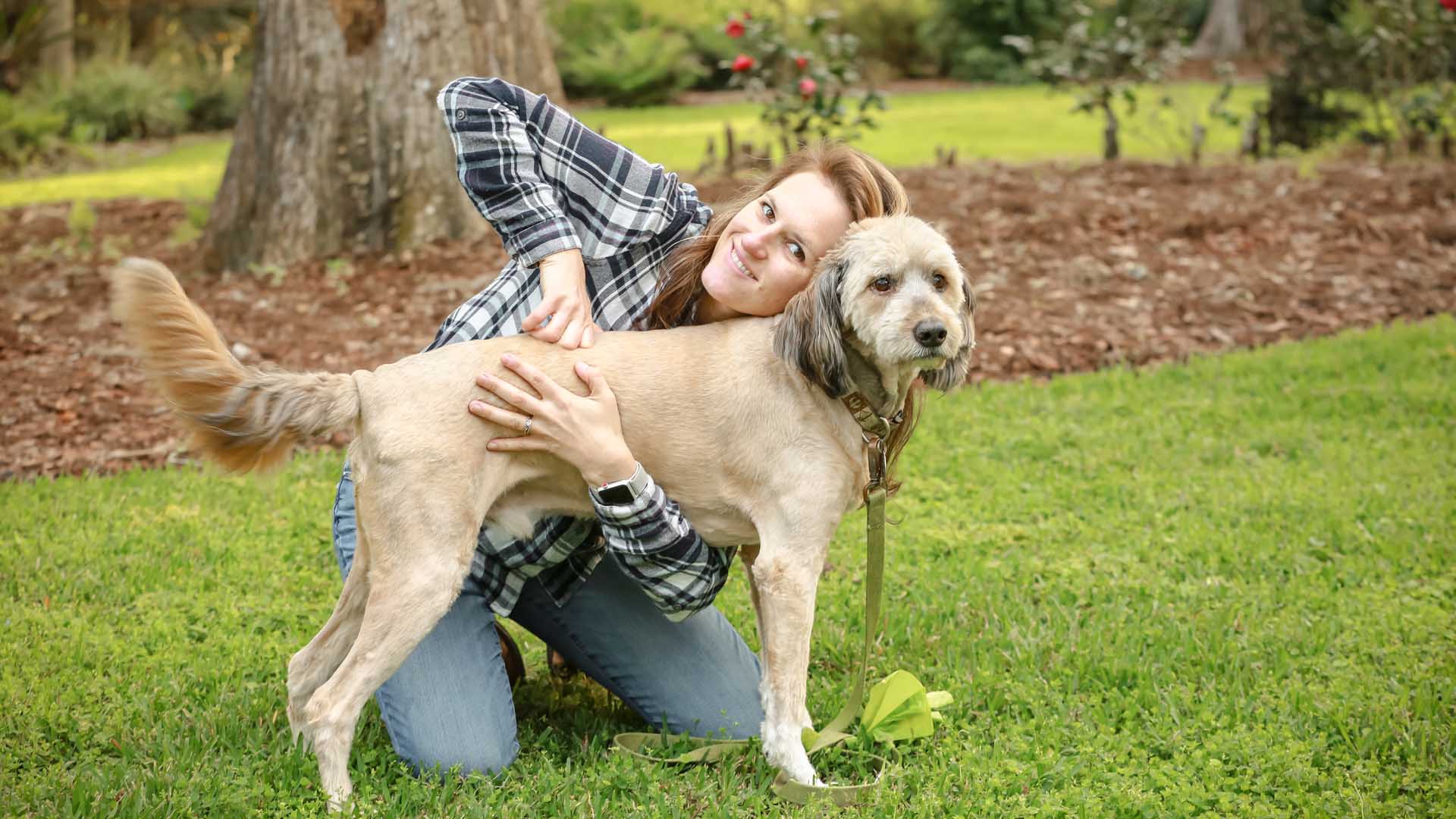In recent years, the raw diet, also known as the “”BARF”” diet (biologically appropriate raw food), has gained popularity among pet owners looking to feed their dogs and cats a more natural and species-appropriate diet. Proponents of the raw diet argue that it offers a range of health benefits compared to commercial kibble or canned food.
So, what are the potential health benefits of a raw diet for dogs and cats?
- Improved dental health: A raw diet can help to improve dental health in pets by promoting the chewing of raw bones, which can help to remove plaque and tartar build-up.
- Better weight management: A raw diet can help pets maintain a healthy weight, as it is typically lower in calories and fat compared to commercial kibble.
- Enhanced digestion: A raw diet can be easier for pets to digest, as it does not contain the additives and fillers found in many commercial pet foods. This can lead to smaller, firmer stools and reduced gastrointestinal issues.
- Improved coat condition: A raw diet can lead to a shinier, healthier coat in pets due to the inclusion of fatty acids and other nutrients found in raw meats and vegetables.
It’s important to note that there are potential risks associated with a raw diet, including the risk of bacterial contamination and the potential for imbalances in nutrient intake. It’s important to consult with a veterinarian or a professional pet nutritionist before transitioning your pet to a raw diet to ensure that it is nutritionally balanced and appropriate for your pet’s individual needs.
Overall, a raw diet can offer a range of health benefits for dogs and cats, but it’s important to carefully consider the pros and cons before making a decision. With the guidance of a professional, a raw diet can be a safe and healthy option for your furry friend.

